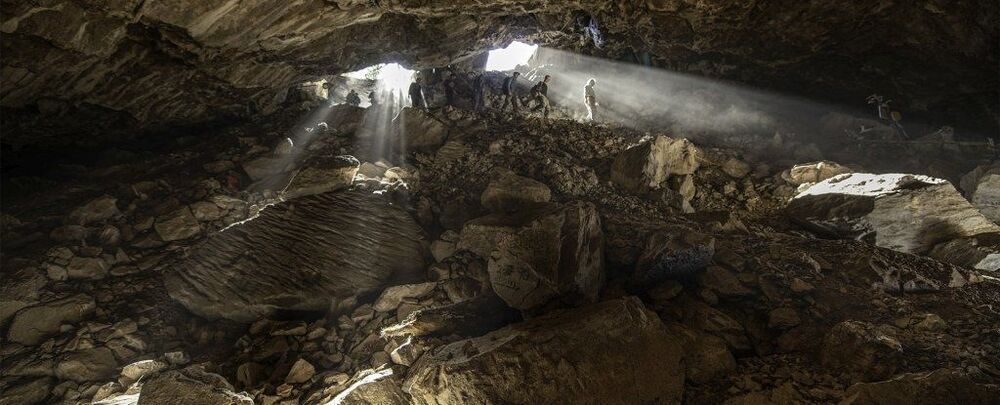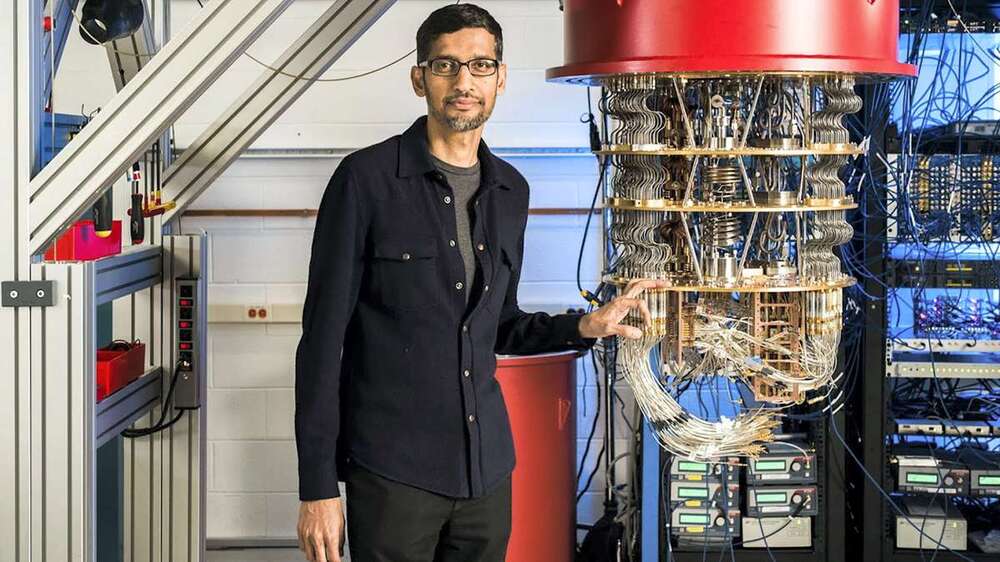Mice fed every other day in another study lived, on average, 12% longer than mice fed every day, largely due to the delay of cancerous diseases.
Affiliate Disclaimer: Longevity Advice is reader-supported. When you buy something using links on our site, we may earn a few bucks.
According to the International Food Information Council’s 2020 Food and Health Survey, you most likely know someone who is practicing intermittent fasting. The survey of 1000 adult Americans found that one in ten were putting down the fork during specified periods of time, making it America’s most popular “diet.”
It’s no surprise that the diet has charmed so many Americans. Intermittent fasting is the preferred diet of celebrities, from Kourtney Kardashian to Twitter CEO Jack Dorsey, and is reportedly a staple of Silicon Valley culture. Fox News reported that it’s “hailed by trainers [and] doctors as [an] easy weight loss program that works.”








